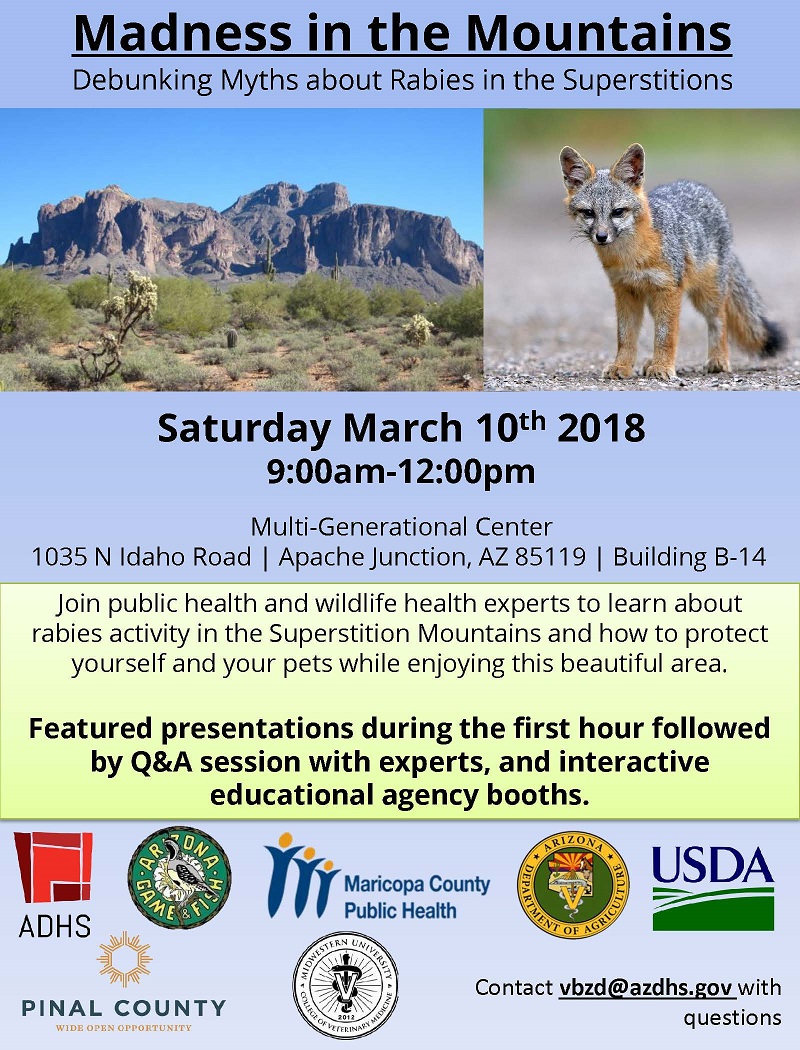All of us are exposed to natural radiation on a daily basis. It mostly comes from space (called cosmic rays) as well as natural radioactive materials found in the soil, water and air. People can also be exposed to radiation from human-made sources like X-ray machines.
Radiation doses are usually measured in units called milli-Sieverts. On average, people are exposed to approximately 3.0 milli-Sieverts per year. Most of this (80%) is from naturally-occurring sources (i.e. cosmic radiation) with the rest coming from the medical use of radiation. If a nuclear power plant doesn’t work properly (as is the case right now in Japan), radioactivity may be released into the surrounding area by a mixture of products generated inside the reactor (“nuclear fission products”). The main fission products are radioactive cesium and iodine.
We’re working with our federal and local partners and 3 of our state agencies to keep close tabs on the radiological situation in Northern Japan. Most of the radiation is dissipating rapidly in the environment (because of distance and the short half-life of the elements released). The international community and the federal government have been doing some modeling and some of the models suggest that very low levels of radiation is crossing the Pacific Ocean. The models suggest that there could be very small increases in natural radiation in North America including Arizona in the coming days. The levels would be very low and of no health consequence, but nevertheless measurable by the sensitive instruments that already exist and routinely test for radiation all the time. For example, if the situation in Japan would continue as-is for several weeks, the total exposure in N. America would be comparable to the amount of radiation that you would get flying from AZ to New York (about 0.04 milli-Sieverts- or about a 1% increase from average annual background).
The EPA posted a new Japanese Nuclear Emergency website today, which includes a daily data summary. Today’s update shows that the US’s radiation air monitors showed typical fluctuations in background radiation levels today. As I mentioned earlier, the models suggest that there could be slight increases in the coming days.
Between the state and federal agencies monitoring the situation, we’re confident that there would be no health consequences to the people in Arizona. But, there are stories that some folks are buying potassium iodide (which saturates your thyroid with iodide) because they’ve heard somewhere that it would provide some benefit (it doesn’t under the current circumstances). We’re concerned that people are taking medication that they don’t need and could create problems for themselves. That’s why we put out a notice to the folks of Arizona today suggesting that they not take potassium iodide supplements because:
- It’s not necessary because of what’s happening in Japan and provides no benefit;
- It can be dangerous to people with allergies to iodine, shellfish or who have thyroid problems; and
- Taken inappropriately, it can have serious side effects including abnormal heart rhythms, nausea, vomiting, electrolyte abnormalities and bleeding.
There have even been some calls to some poison control centers over the last couple of days from folks that have taken potassium iodide thinking it would be a good idea (it’s not).
For more information on the emergency in Japan, including answers to some frequently asked questions, visit the Arizona Emergency Information Network (AzEIN) website at www.azein.gov email questions to [email protected]
Palo Verde Nuclear Generating Station Full-Scale Exercise
Our preparedness team recently participated in a federally evaluated Palo Verde Nuclear Generating Station Full-Scale Exercise to test our response to a simulated radiation contamination at Palo Verde. The exercise simulated an event whereby people, food or drinking water could become contaminated because of a release of radioactive materials into the atmosphere. During the exercise we practiced and successfully tested our capabilities to coordinate with other agencies in responding to this type of incident. Our focus under the response plan included the providing contamination control measures to protect the public from eating or drinking any contaminated food or water, guidance on the health effects of radiation exposure, distributing potassium iodide (there is a stockpile here in the state and nationally), coordination with the CDC, and support for local public health agencies and hospitals. Here’s a link to our Emergency Response Plan including our Radiological Response Plan.












i couldnt understand this qoute “Taken inappropriately, it can have serious side effects including abnormal heart rhythms, nausea, vomiting, electrolyte abnormalities and bleeding.”
Koltuk-
“Taken inapropriately” meaning “without medical oversight.”
Glad to hear about full-scale exercses at the Palo Verde Nuclear Generating Station. Even functional, up-to-date emergency plans may not be effective during a crisis without training employees and ensuring that they practice utilizing the plans. It is crucial to conduct drills and exercises routinely in order to ensure that your personnel and responding agencies are prepared for emergencies. Thank you for the informative article!